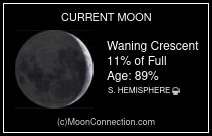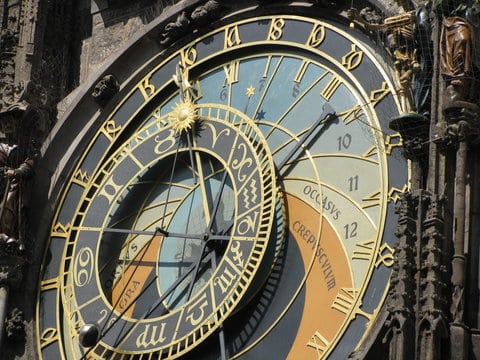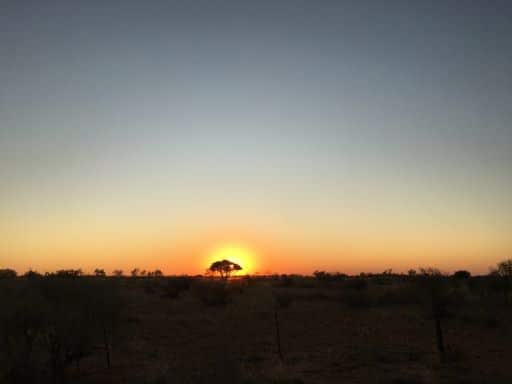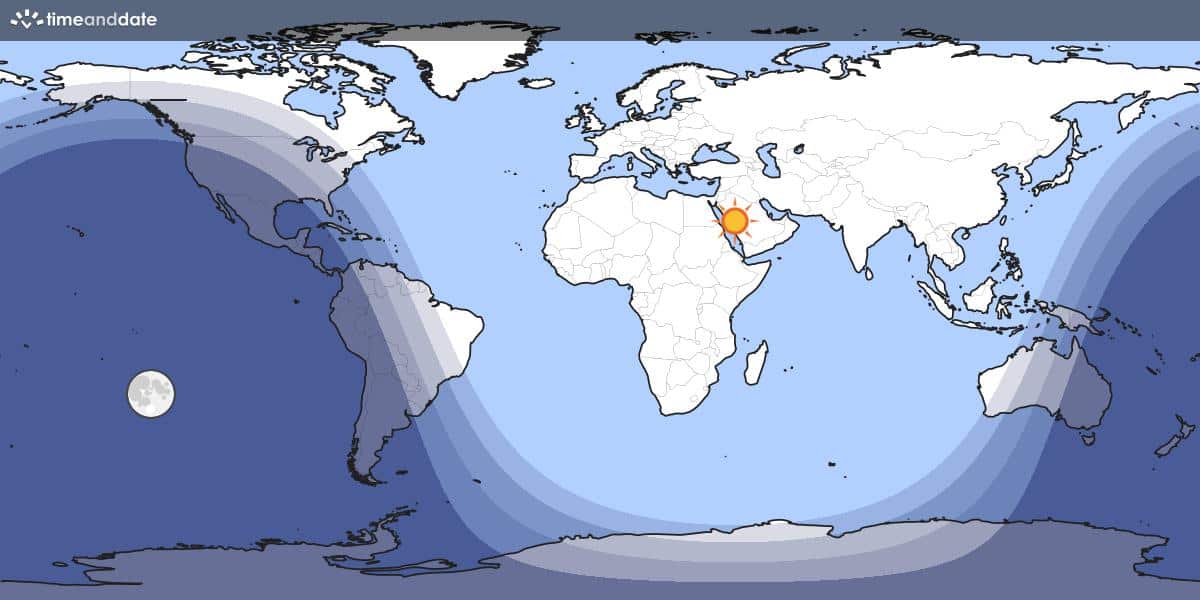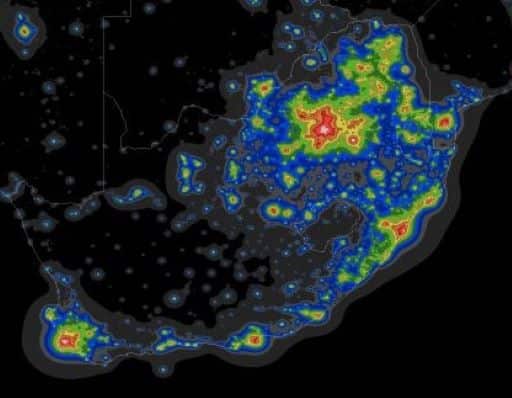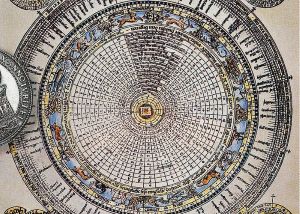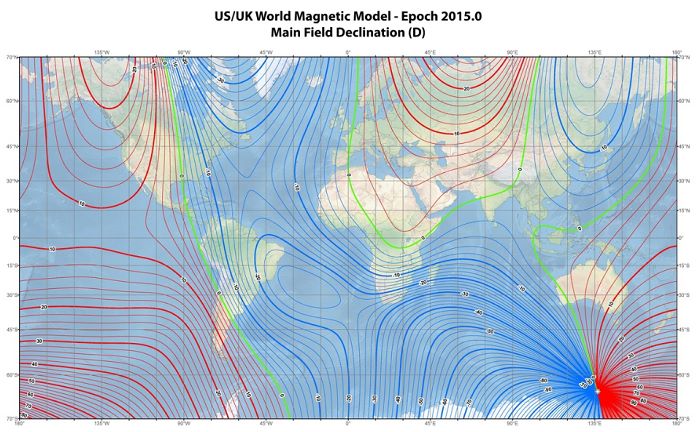Colin Gum:
Gum Catalogue (1955)
Colin Gum was born on June 4, 1924 in Adelaide, South Australia. He was based at Mt Stromlo in the 1950s. Gum was also an early leader in the field of radio astronomy and his top rate mathematical skills played an important part in determining the exact location and orientation of the galactic plane and centre and in determining the current system of galactic coordinates. In 1959 he was appointed Head of the Observational Optical Astronomy programme at the University of Sydney, but tragically he perished in a skiing accident in Switzerland early the following year.
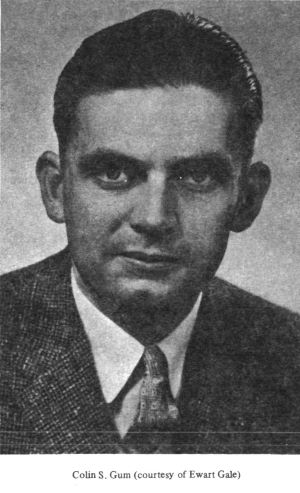
Colin Gum (1924-1960)
While at Mt Stromlo, he catalogued emission nebulae in the southern sky using wide field photography. Gum published his findings in 1955 in a study entitled A study of diffuse southern H-alpha nebulae which presented a catalogue, now known as the Gum Catalogue, which contains 84 emission nebulae. Although Gum’s catalogue was largely superseded by the RCW catalogue published in 1960 many H II regions are still referenced by their Gum numbers today. And from the elusive Gum 6 – the Vela SNR – to the handful of small, faint and challenging Gum nebulae, they offer an intriguing night’s viewing.
Gum discovered the largest emission nebula in the whole sky, and which is named after him. With a diameter of 36° the Gum Nebula (Gum 12) sprawls across the constellations of Puppis and Vela, and lies 1,470 light-years away. It is estimated to be 1,000 light-years across, putting the nearest edge only 450 light-years from us and the farther edge some 1,500 light-years away. A more fitting monument to a cosmic cloud hunter who died way too young could not be imagined (tragically, he perished in a skiing accident in Switzerland at the age of 35).
Unfortunately, the enormous Gum Nebula is not visible to our backyard telescopes. The only way to see it is to look at photos of it.
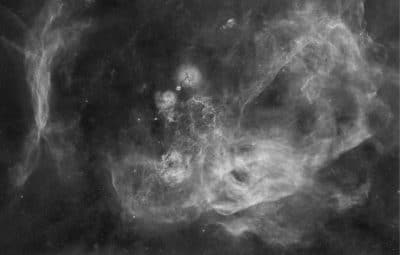
The gargantuan Gum Nebula with a diameter of 1,000 light-years. Image credit and copyright: John Gleason
Relatively little is known about the origin of the vast nebula, but it certainly is a bit of an oddity. Astronomers speculate it is a million-year-old supernova remnant rather than an H II region. Yet it contains cometary globules (star-forming regions with tail-like features) found in many emission nebulae. It also contains the remnants of the 11,000-year-old Vela SNR (diameter 8 degrees), although the two are considered separate objects. (Interestingly, the Gum Nebula was photographed during Apollo 16’s 1972 voyage to the Moon while the command module was in the double umbra of the Sun and Earth, using high-speed Kodak film.)
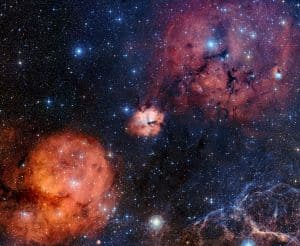
Gum 15 (lying in the centre) is 3,000 light-years away in Vela. NGC 2671 is visible a little to the lower left of centre and at the lower right of the image some of the filaments forming part of the Vela Supernova Remnant can be seen. Credit ESO
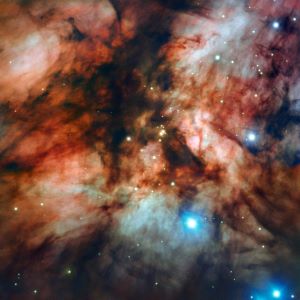
Gum 20. Located some 2,300 light-years away in Vela, the nebula is one of the sites of massive-star formation closest to our Solar System. Credit: ESO
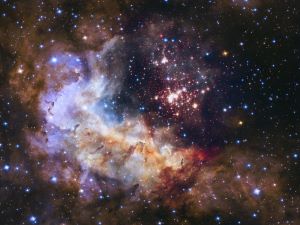
Gum 29 contains the massive young cluster Westerlund 2. It lies 20,000 light-years away in Carina. Credit: Hubble
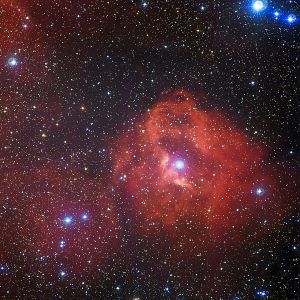
Gum 41. This star formation region lies in Centaurus, about 7,300 light-years away. Credit: ESO



